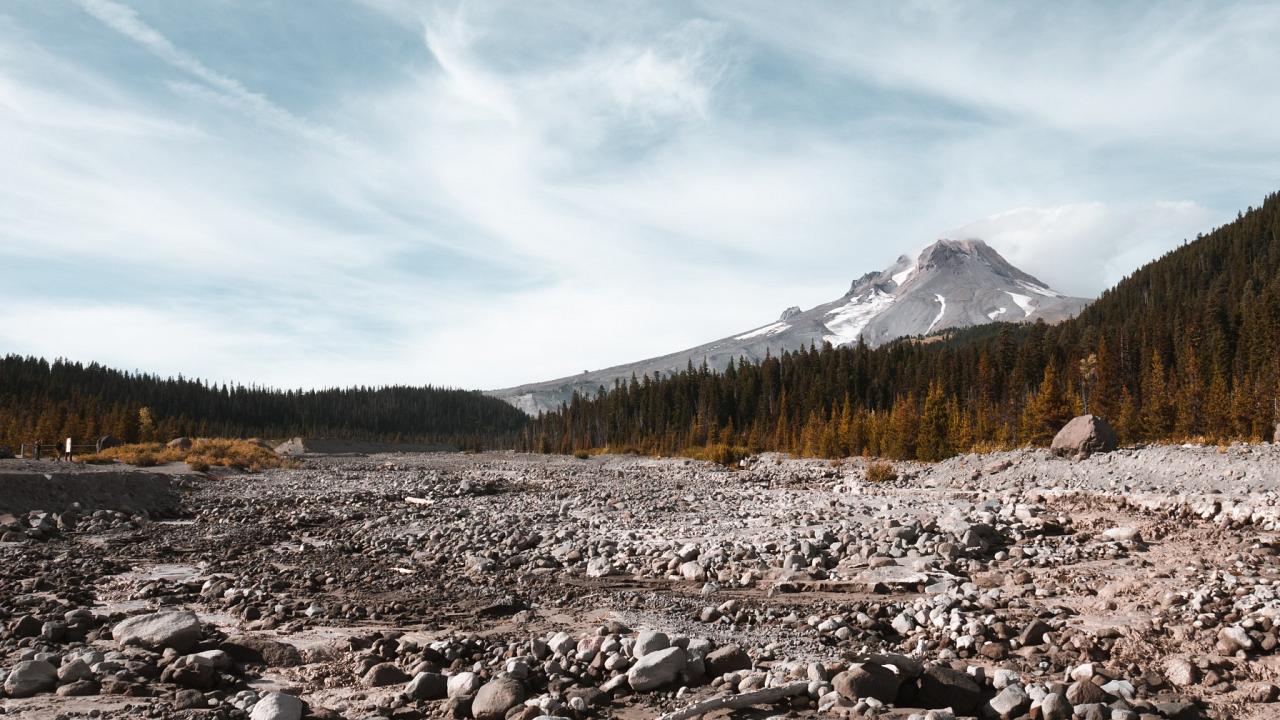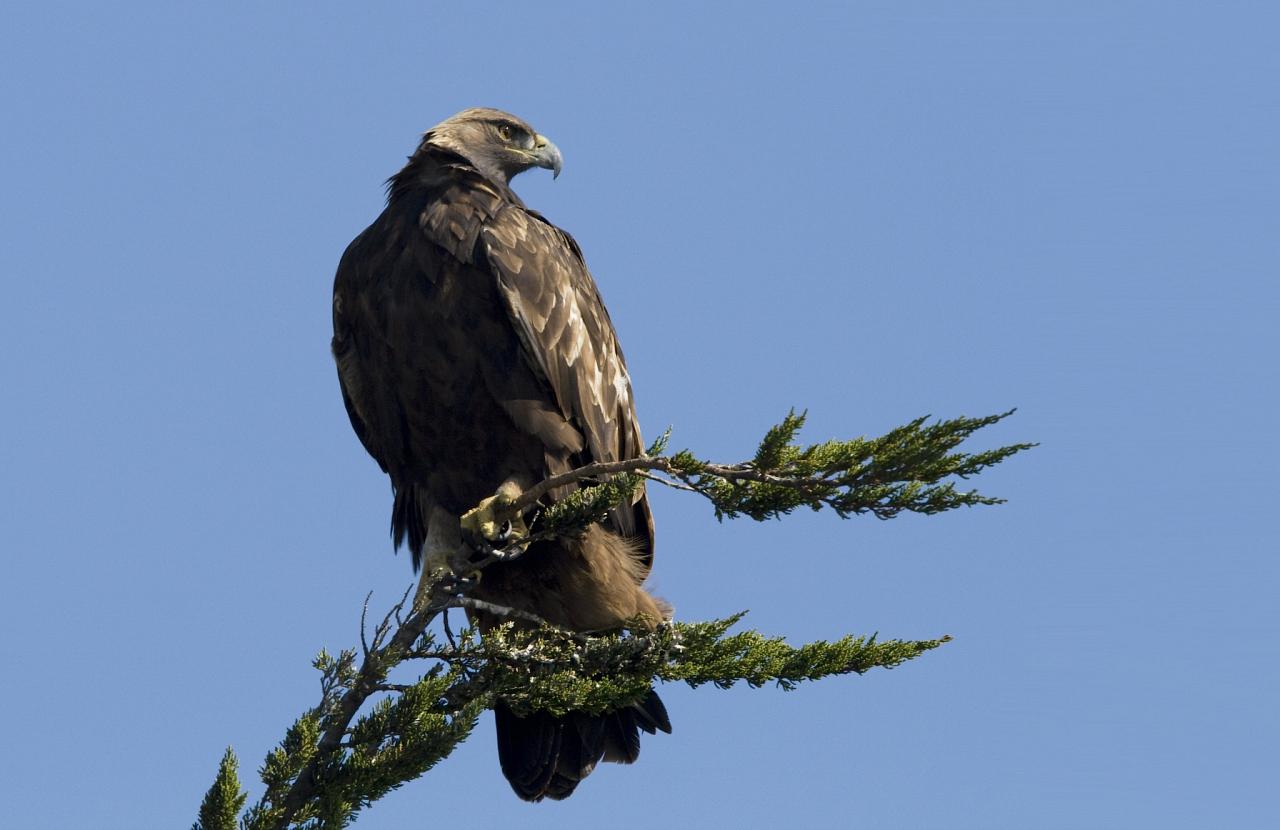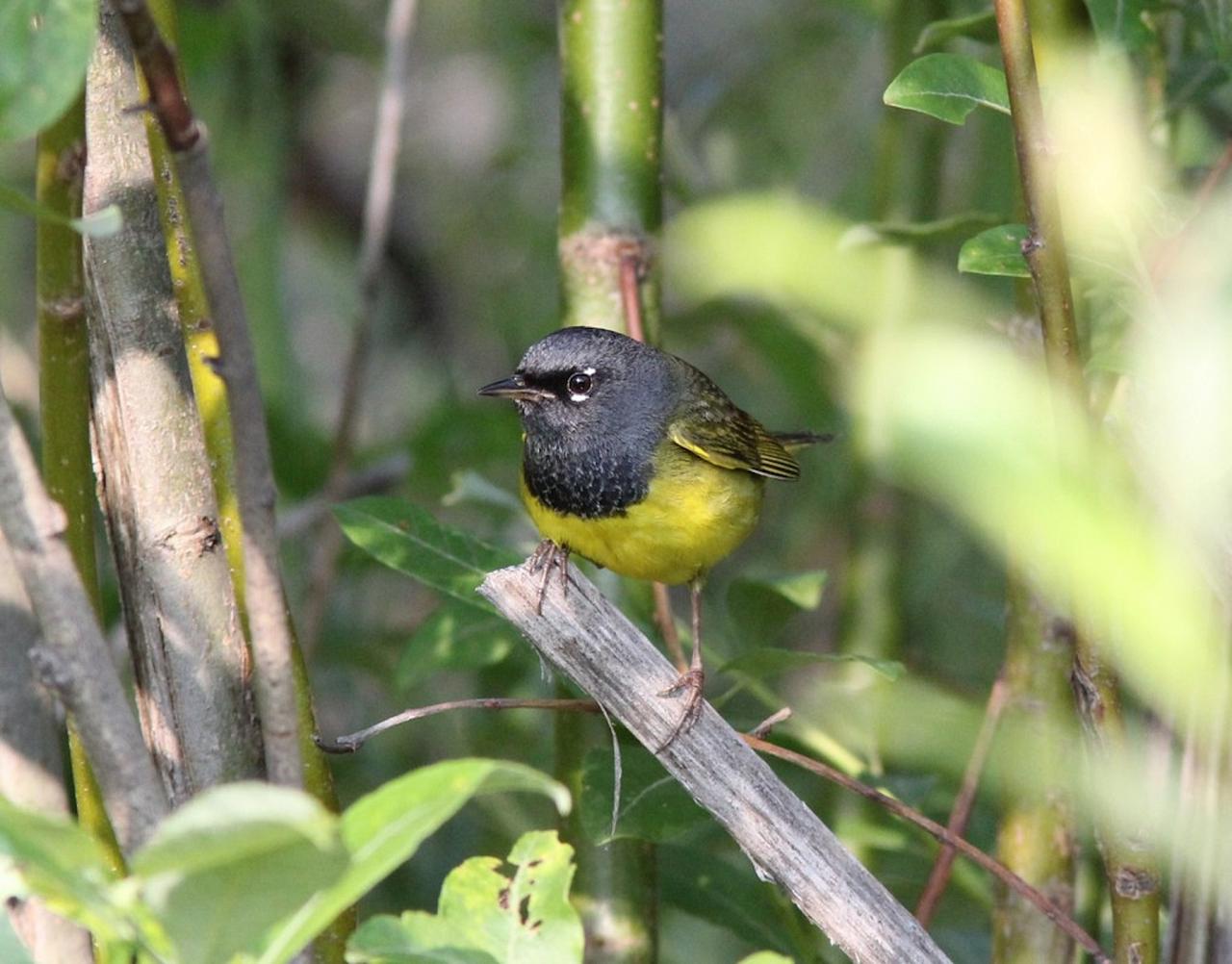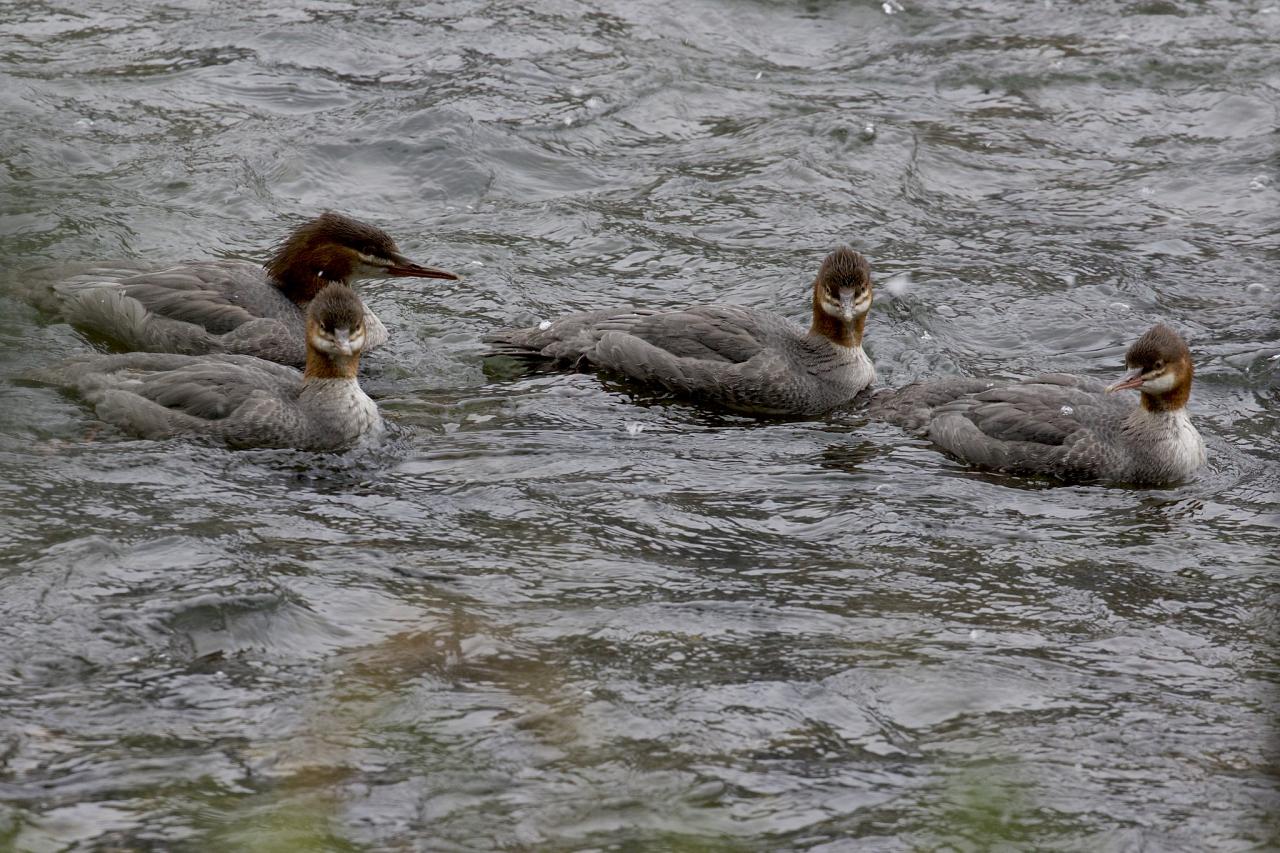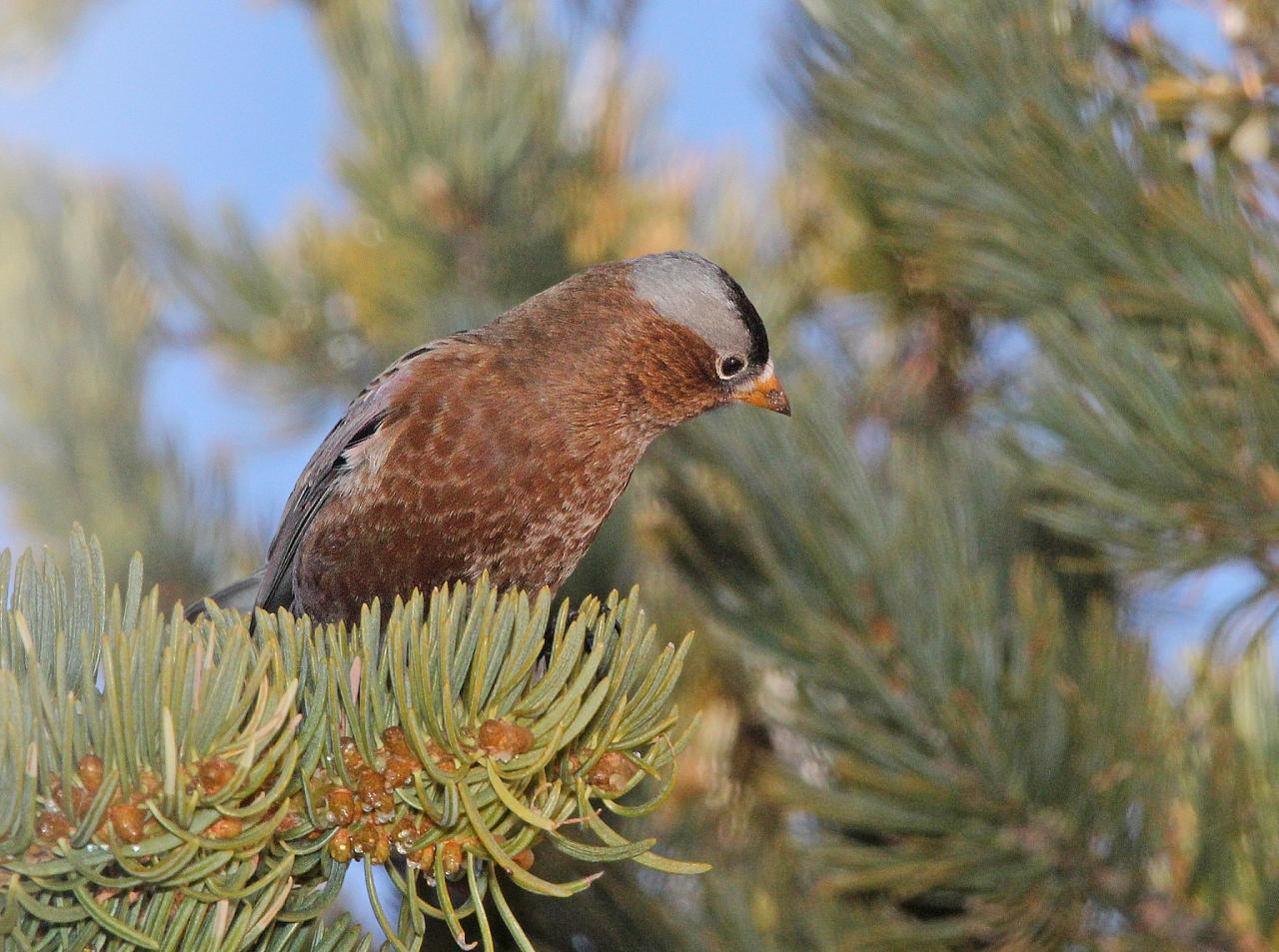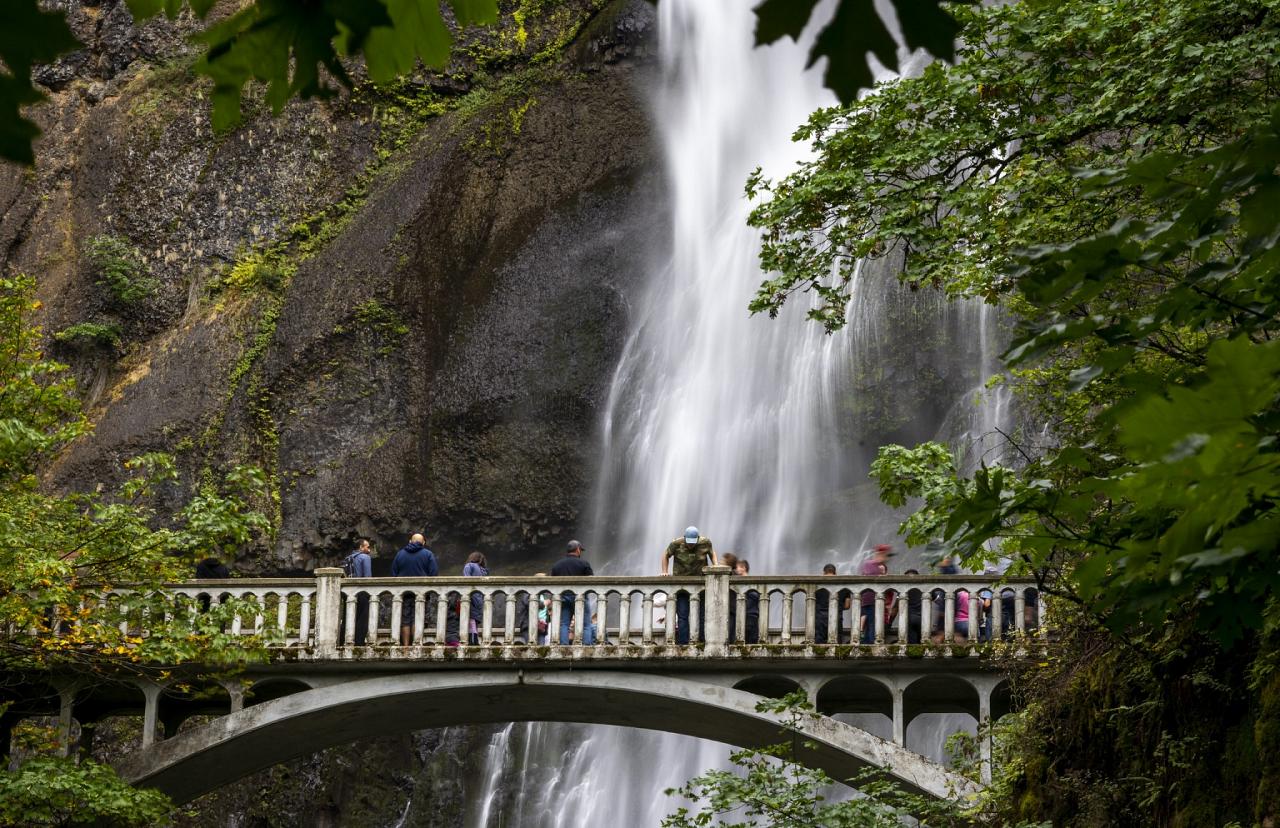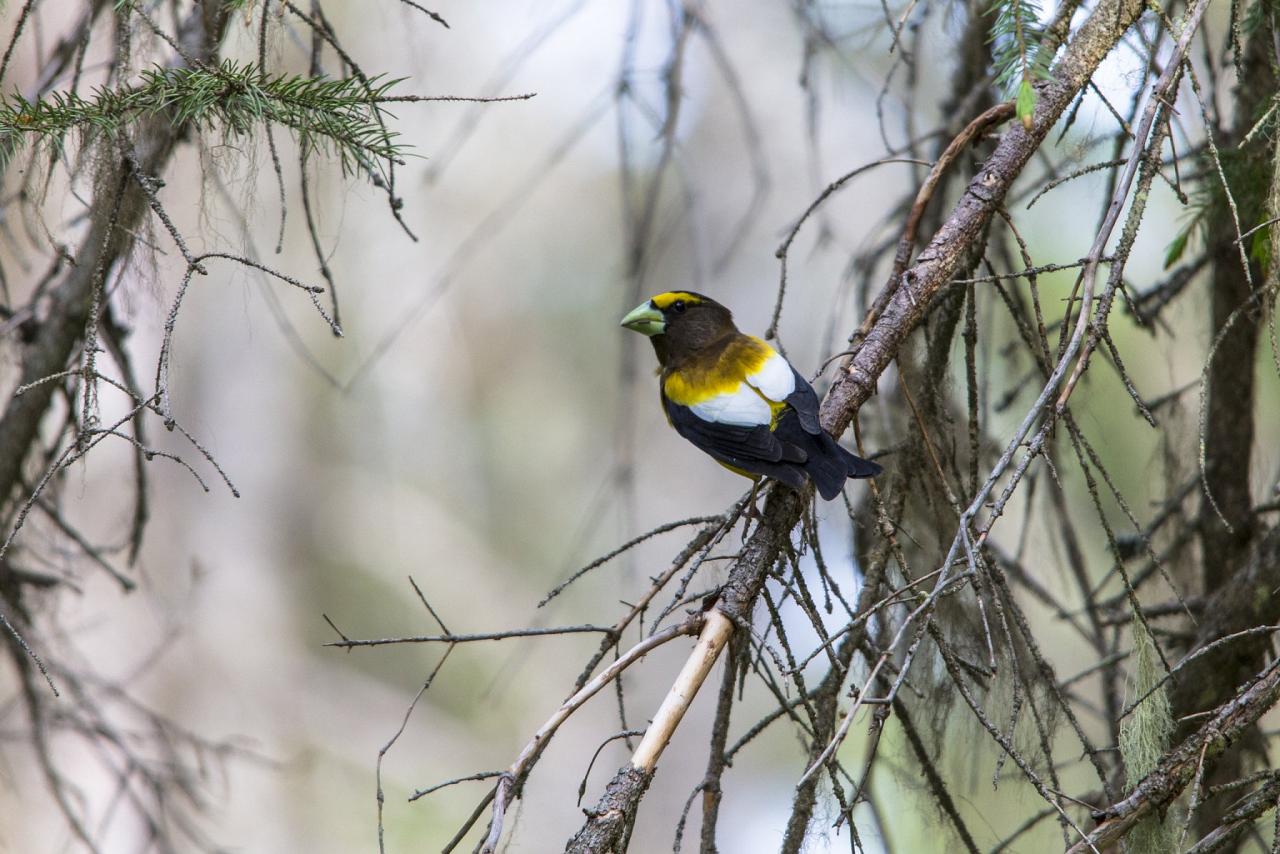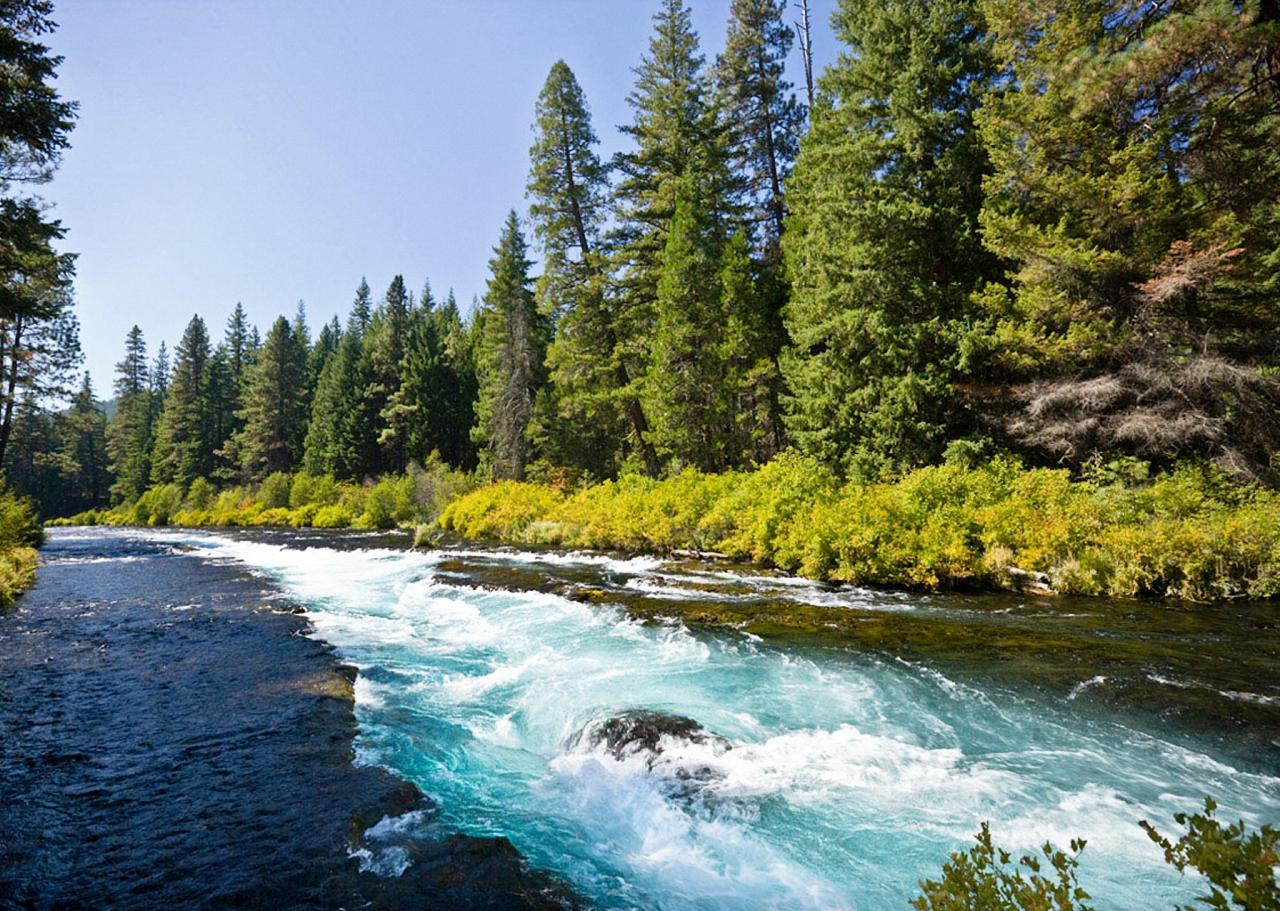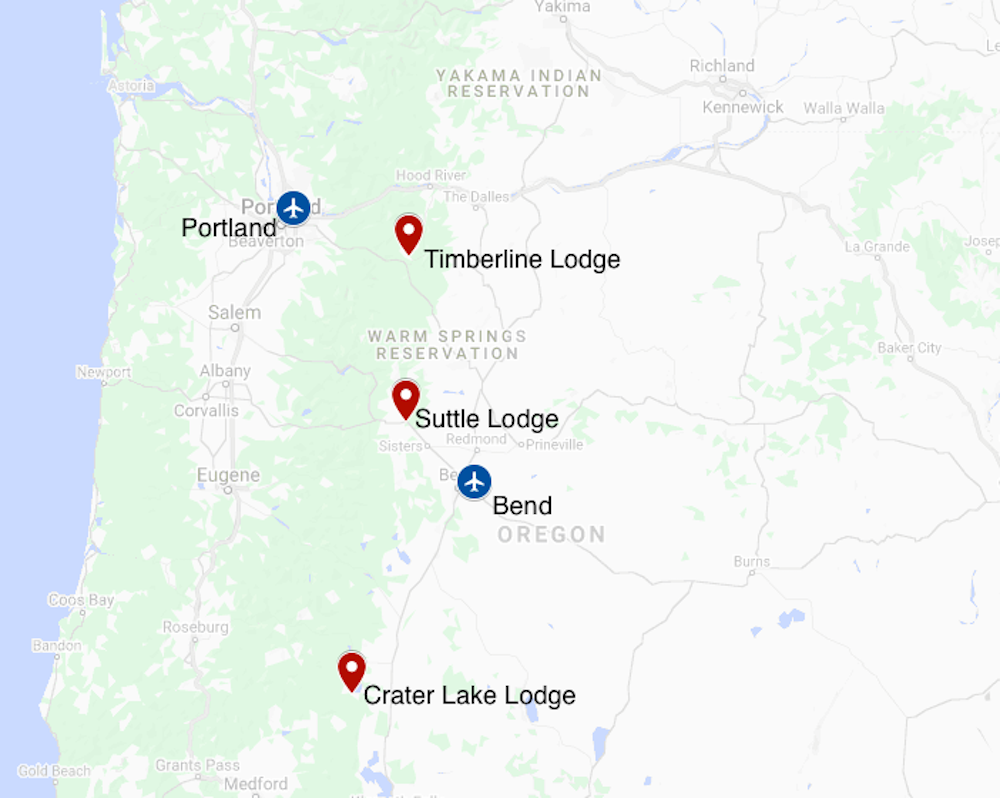- Overview
- Full Itinerary
- Photo Gallery
- Costing
- Travel Details
- Trip Reports
- Guides
- Map
- Know Before You Go
We are excited to offer this breathtaking Oregon birding and nature tour featuring three lodges, all perched along the stunning Cascade Mountains. These three quintessential lodges offer that special historic blend of rustic-luxury so famous for the American West, and they let us explore some of the very best mountain birding in style. Join us to soak in lush mountain splendor—from wildflowers to woodpeckers, each field day unfolds with wonder.
Our Oregon birding tour begins at Crater Lake National Park. We stay three nights in this extraordinary setting, with two full days to explore this absolute gem of the National Parks system. Tranquility abounds. Our next stop takes us to Bend, a charming town nestled along the Deschutes River. From here we explore the heart of Oregon, spending time birding The Cascades Lakes. And finally we explore the south flank of Mt. Hood, Oregon’s highest peak, where we stay at the historic Timberline Lodge, another stunning location framed by snow-capped peaks and vistas extending for miles.
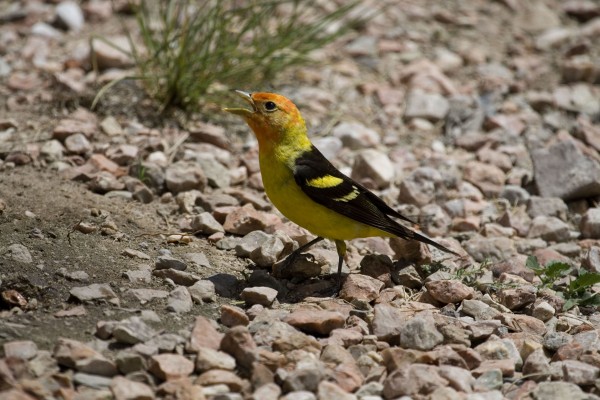
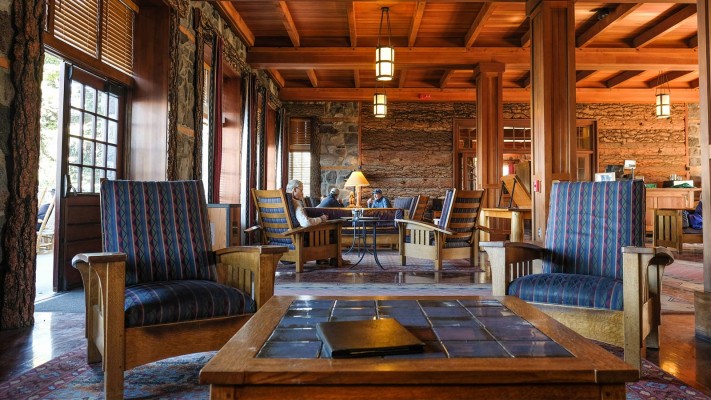
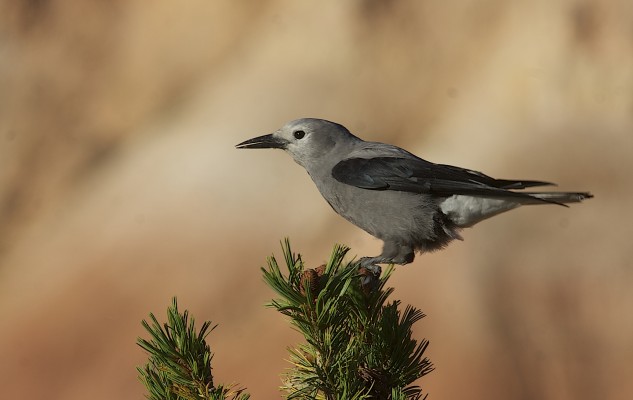
Tour Highlights
- Discover elusive montane species such as American Three-toed Woodpecker and Gray-crowned Rosy-Finch.
- Find a profusion of stunning mountain wildflowers, from the lowland forest to the alpine zone
- Enjoy Oregon’s impressive conifer diversity, with 13 possible species, from ponderosa pine to Engelmann spruce and Pacific yew
- Learn fascinating bird behavior such as the feeding strategies of crossbills and the caching behavior of Clark’s Nutcracker
- Set your pace on several short easy hikes; explore peaks, creeks, springs, and lakes
- Bird in diverse habitats among the densest woodpecker diversity in North America
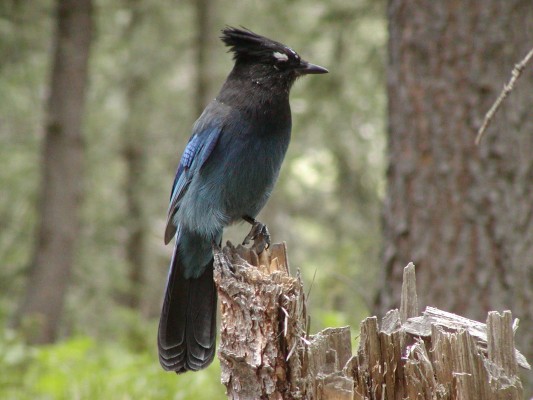
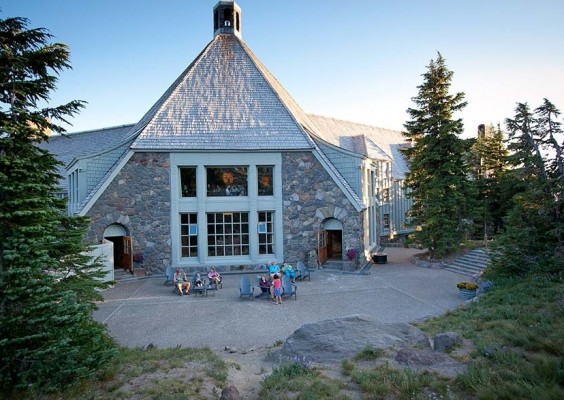
Trip Itinerary
Itineraries are guidelines; variations in itinerary may occur to account for weather, road conditions, closures, etc. and to maximize your experience.
Tues., July 8 Arrivals & Drive to Crater Lake
Please plan to arrive at the Redmond Municipal Airport (RDM) by 2:00 PM. We have a 2.5-hour drive to Crater Lake, but we are sure to make time to stretch our legs as we make a couple of birding stops along the way. We then settle into our accommodations before rendezvousing for dinner and some evening birding along the spectacular rim of Crater Lake. The color of the water and its expanse is most impressive!
The historic Crater Lake Lodge in Rim Village perfectly overlooks the great Crater Lake and impressive surrounding cliffs; this is the closest lodging available to the lake. The lodge offers rustic comfort with modern touches amidst a feel of a bygone era. Sit by the great stone fireplace in the timber-lined living room, enjoy a hot cup of coffee as the sun rises, or simply enjoy the outside deck in rocking chairs with a cocktail in hand while taking in the sweeping views of the lake.
Accommodations at the Crater Lake Lodge (D)
Wed., July 9 & Thurs., July 10 Two Full Days Birding Crater Lake National Park
We spend the first two full days of our journey exploring Crater Lake, with its many trails and scenic vistas, carpets of wildflowers, and plenty of mountain birding. One of our optional hikes takes us 2.2 miles to the highest peak in the park, Mt. Scott, to look for Gray-crowned Rosy-Finch. Another hike down the crater wall gets us to the boat dock for a tour of the lake itself, offering water-level views of Wizard Island and the Phantom Ship rock formation. We explore the park’s habitat diversity, visiting springs and creeks and old-growth forest.
Many birds in the park are easy to find and watch, including Clark’s Nutcracker in the parking lots and Canada Jay in the surrounding forest. We search for American Dipper in the streams, and Peregrine Falcon nesting on the steep cliffs. Common Merganser breed along the lakeshore. Just a few of the breeding songbirds include Pine Siskin, Hermit Warbler, Mountain Chickadee, and Evening Grosbeak. We could see up to six woodpecker species, including our first chance for American Three-toed Woodpecker.
Accommodations at the Crater Lake Lodge (B,L,D)
Fri., July 11 Crater Lake to Bend
We say goodbye to Crater Lake today to explore the upper Deschutes River Basin, ending the drive in Central Oregon’s trendy town of Bend, with plenty of good birding opportunities along the way.
En route, we detour a bit to bird at Crescent Creek; we look for some excellent mixed aspen-coniferous habitats and enjoy a great chance for all three sapsucker species. We also stop atop Lava Butte for a great view of the surrounding volcanic landscape.
In Bend, we spend two nights at McMenamin's hotel at the historic Old St. Francis School. Construction on the original school began in early 1925, and the first class graduated later that year. Minor expansions occurred in the 1950s, but a major project in 1968 included the construction of a cafeteria, stage, gym, and meeting rooms. In 2000, the school relocated, and the property was purchased by McMenamin’s. The McMenamin brothers, Mike and Brian, started their business in 1983, and the company has become a northwest institution, with historic venues converted to tourism properties throughout Oregon and Washington. We thoroughly enjoy our stay here, perhaps even taking some quiet time to enjoy the on-site Turkish bath!
Accommodations at the Old St. Francis School, Bend (B,L,D)
Sat., July 12 Birding Bend & The Cascades Lakes
Our first full day in Central Oregon begins along the upper reaches of Tumalo Creek, with mixed-conifer forest and breeding birds such as Williamson’s Sapsucker, Canada Jay, MacGillivray’s Warbler, and Evening Grosbeak. The balance of the day is spent in the high Cascades lakes region. We focus on two special lakes—Sparks and Hosmer—in search of specialty breeding birds of the mountains.
Sparks Lake typically hosts Barrow’s Goldeneye and Hooded Merganser, with Pine Siskin and Red Crossbill in the uplands and Mountain Bluebird and Sandhill Crane in the surrounding meadows. Hosmer gives us our first chance for American Three-toed Woodpecker, plus shallow waters with Ring-necked Duck, Pied-billed Grebe, and Bufflehead. The drive around these lakes has its own allure, with spectacular views of the Three Sisters mountains, plus Broken Top and Bachelor Butte, a volcanic landscape that is second to none.
Accommodations at the Old St. Francis School, Bend (B,L,D)
Sun., July 13 Bend to Mt. Hood’s Timberline Lodge
Today we venture from central Oregon to Oregon’s highest peak: Mt. Hood, at 11,250 feet above sea level. We detour first for the scenery and birding at Smith Rocks State Park on the Crooked River gorge. This canyon hosts nesting White-throated Swift, Violet-green Swallow, and Golden Eagle. We should also find Rock Wren, Bushtit, and Bullock’s Oriole.
After checking in at Timberline Lodge, we enjoy some downtime to relax and admire the unparalleled view of the Mt. Hood summit. Dining here is a real art, and a lovely way to end the day.
The Timberline Lodge is a renowned historic lodge serving visitors of Mt. Hood for nearly a century. Built and furnished during the Great Depression, the lodge-style rooms are well-appointed with original handcrafted furniture, art, and textiles. Throughout the lodge, guests can admire the great wood carvings, stonemasonry, and handwoven draperies from the era. This National Historic Landmark sits comfortably at 5,900 feet and offers sweeping views, cozy accommodations, fabulous dining options, and a captivating history.
Accommodations at Timberline Lodge (B,L,D)
Mon., July 14 Birding in the Shadow of Mt. Hood
Our last full day offers us excellent birding around the southern flank of Mt. Hood. We visit Trillium Lake, a great spot for Vaux’s Swift and Chestnut-backed Chickadee. Birding at Timberline Lodge might produce Williamson’s Sapsucker, Mountain Chickadee, or even Gray-crowned Rosy-Finch. We also offer the option to ride the ski lift to 7,000 feet, followed by a hike back down to the lodge, giving us an even greater chance to see the resident Rosy-Finches.
If there has been a recent fire in the region, we head there to look for Black-backed and Three-toed Woodpeckers. Western Tanager and Mountain Bluebird glow like holiday ornaments against a blackened forest.
Tonight we enjoy a celebratory dinner to recap and share our favorite memories from a grand trip.
Accommodations at Timberline Lodge (B,L,D)
Tues., July 15 Departures
After breakfast and some casual final birding around the lodge, we head down the eastern flank of Mt. Hood. We enjoy an early brunch in Hood River, followed by the one-hour drive through the Columbia Gorge to the Portland Airport. Of course, we make the obligatory stop at the spectacular Multnomah Falls before we say our goodbyes. We plan to arrive at the airport by noon for flights out after 2:00 PM. (B)
Cost of the Journey
Cost of the journey is per person, based on occupancy: $4590 DBL / $5570 SGL, from Redmond, departing Portland. Cost includes seven nights’ accommodations; all meals as stated in the itinerary; group airport transfers; ground transportation; professional guide services; park, preserve, and other activity fees; and miscellaneous program expenses. Tour price does not include: roundtrip airfare to Redmond and from Portland, Oregon, or items of a personal nature such as laundry, porterage, telephone charges, or alcoholic beverages.
Travel Details
Please plan to make air travel plans only after the minimum group size has been met. We will send you a confirmation email as soon as the trip has been confirmed.
Arrival Airport: Redmond Municipal (RDM)
Arrival Details: Please plan flights to arrive July 8, 2025, no later than 2:00 PM
Departure Airport: Portland International (PDX)
Departure Details: Please plan flights to depart July 15, 2025, after 2:00 PM
Travel Tip: If you arrive early to rest up from your travels, there are a couple of hotels near the Redmond Municipal Airport (RDM). The Hampton Inn Redmond Airport and Comfort Suites Redmond Airport are both nearby.
Browse below for trip reports and species lists from past versions of this and other tours from this destination.
Oregon
- May 2021
- July 2021 (Birds & Botany)
- July 2021
- May 2022
- July 2022
- May 2023
- June 2023 (Photography Seminar)
- July 2023 (Cascade Mountain Lodges)
- May 2024
-
Steve Shunk

Steve Shunk started birding in the San Francisco Bay Area in 1989, and he moved to central Oregon’s ‘Woodpecker Wonderland’ in 1997, where 11 woodpecker species breed annually. This phenomenon led to a 20-year obsession studying this charismatic family of birds. Steve founded the region’s woodpecker festival in 2008, and his Peterson Reference Guide to Woodpeckers of North America was published in 2016. He has fed leeches (his own blood) in Malaysian Borneo, and he has watched Spotless Starlings swarming around the Greek ruins of Sicily. Steve’s Alaska adventures have taken him from Ketchikan to Barrow and St. Paul Island. One of his favorite destinations takes him to see ‘eastern’ warblers breeding across the boreal forest of Alberta, but recent adventures have led him to favor the cushion plants and condors of the Peruvian high Andes. Steve speaks at bird festivals across North America, and he returns annually to speak and guide at the Vallarta Bird Festival in far-western Jalisco, Mexico. Steve joined Naturalist Journeys earlier this year, and we are excited to have him on the schedule for 2021 and beyond.
Steve’s work as a field biologist has taken him from the Coast Range of Oregon to California’s Sierra Nevada. Most recently, he conducted point-count and woodpecker surveys for a study in the Central Oregon Cascades. Steve co-founded the East Cascades Bird Conservancy (now East Cascades Audubon), and served as its first president. He also co-founded the Oregon Birding Trails Program and coordinated its flagship project, the Oregon Cascades Birding Trail. When Steve is not traveling the world for tours and lectures, he can be found writing, skiing, hiking, and watching woodpeckers at home in lovely Sisters, Oregon.Other trips with Steve Shunk
-
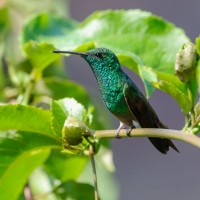 Pacific Mexico & Rancho Primavera FULL - See our November 2025 departure!April 2 - 8, 2025
Pacific Mexico & Rancho Primavera FULL - See our November 2025 departure!April 2 - 8, 2025 -
 Texas Coast & Big Thicket FULL - See South Texas: Birding & Nature tour in March!April 16 - 24, 2025
Texas Coast & Big Thicket FULL - See South Texas: Birding & Nature tour in March!April 16 - 24, 2025 -
 Southeast Arizona FULL - See our May departure!April 28 - May 7, 2025
Southeast Arizona FULL - See our May departure!April 28 - May 7, 2025 -
 Oregon's Malheur NWR & Woodpecker Wonderland FULL - Check our Oregon's Cascade Mountains!May 16 - 25, 2025
Oregon's Malheur NWR & Woodpecker Wonderland FULL - Check our Oregon's Cascade Mountains!May 16 - 25, 2025 -
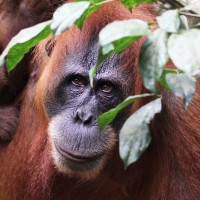 Wild Borneo: Endemic Birding & Nature Only one room left!September 30 - October 14, 2025
Wild Borneo: Endemic Birding & Nature Only one room left!September 30 - October 14, 2025 -
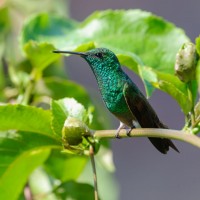 Pacific Mexico & Rancho PrimaveraNovember 24 - 30, 2025
Pacific Mexico & Rancho PrimaveraNovember 24 - 30, 2025 -
 Pacific Mexico & Rancho Primavera: A Winter Escape!Coming January 2026
Pacific Mexico & Rancho Primavera: A Winter Escape!Coming January 2026
-
-
Hugh Simmons

Hugh Simmons' interest in photography began when he was a young boy, as did his love of nature. He earned a Bachelor of Science in Biology during which he was “sparked” by a chance encounter with an Eastern Towhee. Not long after college he took up birding with, of course, a desire to photograph birds. Today he enjoys sharing his decades of photographic knowledge to help others get the most out of their photography whether it be of birds, landscapes, flowers, other wildlife or people. Hugh is a founding member of the North American Nature Photographers Association and served on the board of directors of the National Audubon Society. He is a long time board member of the Chesapeake Audubon chapter in Maryland and is the Audubon Climate Watch Coordinator for his area. Hugh also volunteers with the Cape May Bird Observatory and the Phoenix Wildlife Center.
Photo credit: Mike West
Other trips with Hugh Simmons
-
 Dominican Republic & Jamaica: Endemic Extravaganza February 22 - March 8, 2025
Dominican Republic & Jamaica: Endemic Extravaganza February 22 - March 8, 2025 -
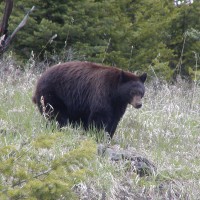 Yellowstone: Birds, Bears & Wildlife FULL - See our fall departures!May 29 - June 4, 2025
Yellowstone: Birds, Bears & Wildlife FULL - See our fall departures!May 29 - June 4, 2025 -
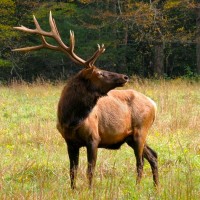 Yellowstone in The FallSeptember 27 - October 3, 2025
Yellowstone in The FallSeptember 27 - October 3, 2025
-
Essential Information +
Packing List +
Suggested Reading List +
Useful Links +
Photo credits: Trillium Lake, Bonnie Moreland, public domain via Flickr; Mountain Bluebird, Hugh Simmons Photography; Barrow's Goldeneye, YNP, public domain via Flickr; Crater Lake, Sebastien Goldberg courtesy UnSplash; Western Tanager, Greg Smith; Clark's Nutcracker, Greg Smith; Crater Lake Lodge, courtesy travelcraterlake.com; Steller's Jay, Peg Abbott; Timberline Lodge, courtesy timberlinelodge.com; Crater Lake Lodge, courtesy travelcraterlake.com; Hermit Warbler, Steve Wolfe; Pine Siskins, Terry Peterson; American Dipper, Gary Stone; American Three-toed Woodpecker, GNP public domain via Flickr; Canada Jay, YNP public domain via Flickr; Mt. Hood, Sarah Elizabeth courtesy UnSplash; Mt. Hood, Grant Benesh courtesy UnSplash; Golden Eagle, Greg Smith; MacGillivray's Warbler, Caleb Putnam, public domain via Flickr; Common Merganser, Greg Smith; Gray-crowned Rosy-Finch, Alan Schmierer public domain via Flickr; Multnomah Falls, USFS public domain via Flickr; Evening Grosbeak, GNP public domain via Flickr; Wizard Falls, USFS public domain via Flickr.





